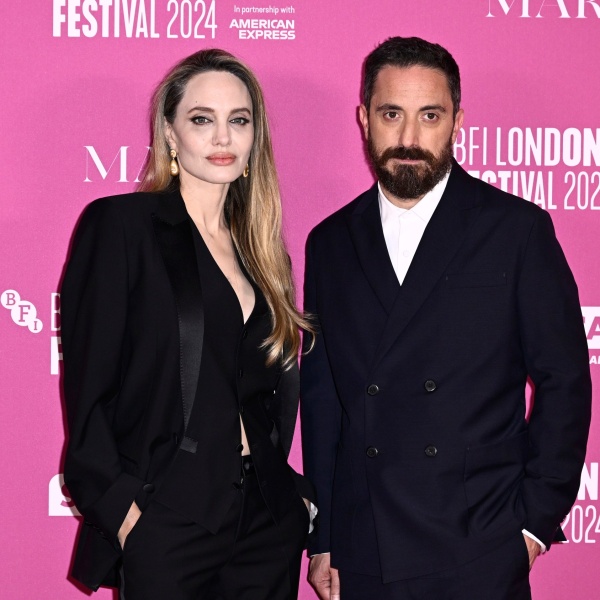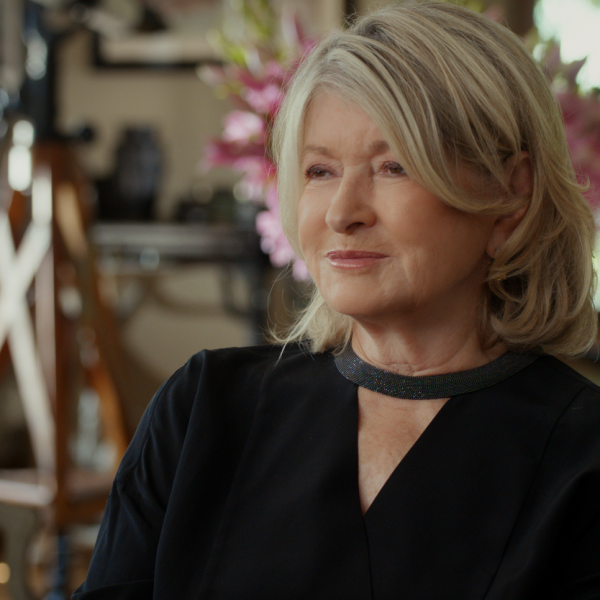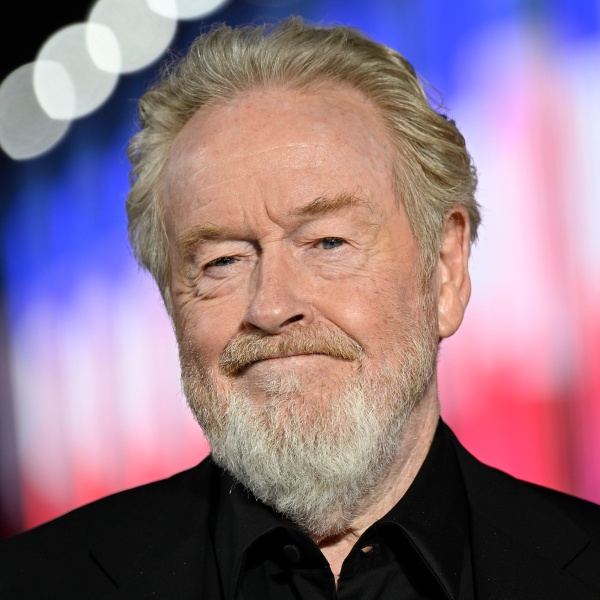
Why is “Drive” — a seemingly trivial affair about a stuntman and part-time getaway driver, played by Ryan Gosling, pulled into deep and bloody waters on the neon-and-streetlight lit streets of L.A. — even at Cannes, let alone in competition? It’s not merely because of the bloody-but-brilliant background of director Nicolas Winding Refn, whose films (the “Pusher” trilogy, “Bronson,” “Valhalla Rising“) have demonstrated both an eye for composition and a taste for the jugular. It’s not merely because of the film‘s cinematic roots, with the production seemingly crafted as a clear tribute to ’80s-era Michael Mann and other synthesizer-and-faux-leather action-crime stories. Rather, you can make a case that “Drive” is here because action cinema and genre cinema are too important — and too exciting, enthralling and, yes, artful when well made — to be merely dismissed as suitable only for hacks to make and dolts to watch. French enthusiasm for American crime cinema from the ’40s and ’50s gave us the vocabulary and value set to truly appreciate film noir — and anyone who can truly appreciate film noir will appreciate “Drive.”
Gosling’s nameless wheelman Driver lives in L.A., works from his car. He takes on odd jobs. He’ll wait outside of a building for five minutes while you do whatever you need to. Then he’ll drive you away from that building. He doesn’t need, or want, to know what you’re doing. He doesn’t carry a gun. He just needs to drive. And the film opens with Gosling at work, dodging the L.A.P.D. after a robbery with a series of smart moves and clever fake-outs that involve a knowledge of urban geography and human behavior to stay hidden — and then involve driving like hell once that cover is blown. Movies like the big, loud (but still excellent) “Fast Five” offer us the car chase; what’s seen here is more like car chess.

Adapted from James Sallis‘ novel by Hossein Ameni (“The Wings of the Dove,” “Jude” — and, more appropriately, the Elmore Leonard adaptation “Killshot“), “Drive” is simple, steady storytelling. The opening sequence — soaring synthesizers over late-night streets, with the credits in a neon script that instantly evokes Reagan-era diversions like Mann’s “Thief” or Friedkin’s “To Live and Die in L.A.” — tells us exactly what kind of film we’re in for, and we are not disappointed. Gosling’s single-mom neighbor Irene (Carey Mulligan) and her son Benicio (Kaden Leos) enter his life and his world, and he’s happy. And then her husband Standard (Oscar Isaac) gets out of jail. Standard wants to go straight. Other people won’t let him. And since they’re threatening Irene and Benicio, Driver has to step in. 
While Drive is indebted to Walter Hill‘s “The Driver” from 1978, the other crime-fiction forebear that comes to mind is Richard Stark‘s Parker novels, which depict the adventures of a criminal with a simple code of something like honor. Criminality doesn’t offend Gosling’s Driver; lack of professionalism does. He won’t carry a gun, but he will use one. He doesn’t start fights, but he ends them. And if you’ve grown tired of watching Gosling suffer, Christ-like, for our sins in a series of indie dramas like “Half Nelson,” “Lars and the Real Girl” and “Blue Valentine,” then watching him, for example, pulverize a man’s skull with his foot will prove remarkably invigorating. 
Refn’s direction is so subtly and beautifully framed that you don’t notice how good it is until much later. A brief stolen moment on an elevator shines with amber slow-mo light. An adroit fade takes the story exactly where it needs to go. And the car matters are shot in a way that makes it clear that for Driver, a car is not an extension of muscle, but, rather, of intellect and will as well. Refn also keeps the violence quick, brisk and brutal — the people who are shot in this film do not clutch idly at a squib’s dot of blood before grunting their way to the ground, and the people who do the killing are splattered with gore — and this is as it should be. 
Gosling’s work is fine and reserved (his first line of more than three words in the film is a threat), and the supporting cast clicks into place like gears in a fine-tuned engine. Bryan Cranston is Gosling’s friend and aide, Mulligan is wary and warm as the girl, and Christina Hendricks and James Biberi have sleazy snap as low-level crooks. But it’s Albert Brooks — as a Jewish made man in L.A., an ex-movie producer, and an organized-crime manager who still proves surprisingly adept at labor — who truly impresses. Some will object to Gosling’s lack of backstory or motivation for his criminal acts, but if we had to choose between a movie that leaves these things to the imagination or over-elaborates them with the rambling sweaty eye-shifting tale-telling of a bad liar, I’ll take the former. “Drive” works as a great demonstration of how, when there’s true talent behind the camera, entertainment and art are not enemies but allies. [A] – James Rocchi



